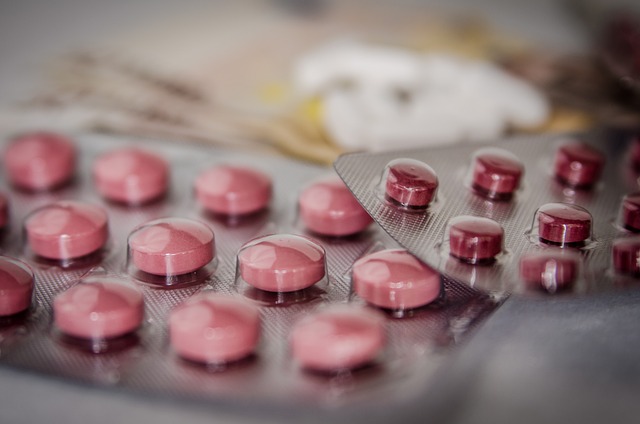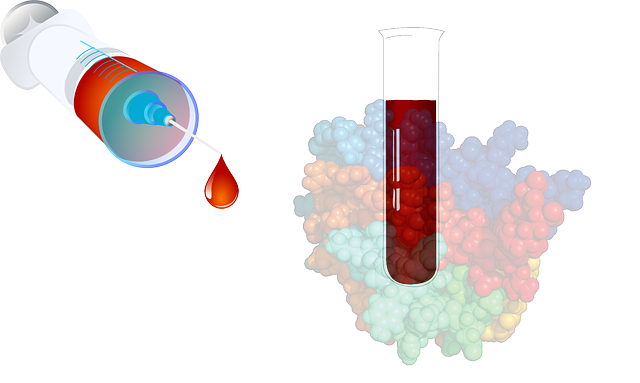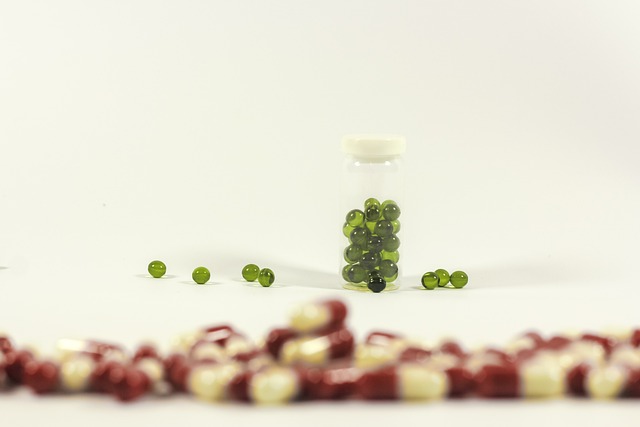GLP-1 agonists are powerful tools for managing type 2 diabetes, mimicking natural gut hormone actions to stimulate insulin secretion, reduce glucagon release, and slow gastric emptying. These medications offer significant improvements over traditional treatments, enhancing insulin sensitivity and suppressing appetite. Key differences among GLP-1 drugs include delivery methods, duration of effect, and potency, with newer agonists providing longer-lasting effects for better patient compliance. While effective, these drugs may cause gastrointestinal issues or rare but serious side effects like pancreatitis or kidney problems, emphasizing the need for close monitoring. Selection should be tailored to individual needs, considering specific diabetes management requirements, side effects, dosing, administration methods, and cost.
“GLP-1 agonists have emerged as a powerful tool in diabetes management, offering improved blood sugar control and weight loss benefits. This article delves into the intricate world of GLP-1 drugs, exploring their mechanisms of action, diverse types, and efficacy in regulating blood sugar levels. We compare different GLP-1 agonists, dissecting their unique properties and the factors that influence prescriber decisions. Understanding these drugs is crucial for patients aiming to manage diabetes effectively while considering safety and side effects.”
Understanding GLP-1 Agonists: Their Role in Diabetes Management

GLP-1 agonists, or glucagon-like peptide-1 drugs, represent a powerful tool in diabetes management. They mimic the effects of the natural hormone GLP-1, which is produced by the gut in response to food intake. By activating specific receptors, these drugs stimulate insulin secretion, reduce glucagon release, and slow gastric emptying. This multifaceted approach helps lower blood sugar levels while promoting better weight control.
These drugs have shown significant efficacy in treating type 2 diabetes, offering substantial improvements over traditional medications. They are particularly beneficial for patients who struggle with weight management despite adequate blood sugar control. With their ability to enhance insulin sensitivity and suppress appetite, GLP-1 agonists provide a novel strategy to manage diabetes, improving overall patient well-being and quality of life.
Mechanisms of Action: How These Drugs Mimic Natural Processes

GLP-1 agonists, a class of drugs designed to mimic the effects of the natural hormone GLP-1 (glucagon-like peptide-1), primarily target the gastrointestinal tract and brain. These drugs exert their therapeutic effects by interacting with specific receptors in these areas, initiating a cascade of actions that ultimately lead to improved glycemic control. In the gut, GLP-1 agonists stimulate insulin secretion in response to meal consumption, enhancing glucose uptake by peripheral tissues. They also slow gastric emptying, which gives a sense of fullness, leading to reduced food intake and body weight. In the brain, these drugs influence appetite and energy expenditure through various neural pathways, further contributing to their overall efficacy in managing type 2 diabetes.
The mechanism of action of GLP-1 drugs is rooted in their ability to mimic natural processes within the body. By activating GLP-1 receptors, they recapitulate the beneficial effects of endogenously produced GLP-1, offering a highly targeted and efficient approach to blood sugar regulation. This similarity to natural mechanisms ensures that these drugs are well-tolerated and have minimal side effects compared to other diabetes treatments.
Key Differences: Exploring Various Types of GLP-1 Drugs

GLP-1 agonists, a class of drugs designed to mimic the effects of the natural hormone glucagon-like peptide-1 (GLP-1), have shown significant promise in treating type 2 diabetes. However, not all GLP-1 drugs are created equal. Key differences lie in their mechanisms of action, duration of effect, and potential side effects.
One of the primary distinctions among these medications is their delivery method. Some GLP-1 drugs are administered via injection, while others come in pill form. Additionally, their potency and frequency of dosing vary. For instance, exenatide (Byetta) and liraglutide (Victoza) are known for their longer duration of action, making them suitable for once or twice daily dosing. In contrast, semaglutide (Ozempic) is administered once weekly, offering convenience to patients. Each drug’s unique profile influences patient compliance and overall management of diabetes.
Efficacy in Blood Sugar Control: A Comparative Analysis

GLP-1 agonists, a class of drugs designed to mimic the effects of the gut hormone GLP-1, have shown remarkable efficacy in blood sugar control for individuals with type 2 diabetes. When comparing different GLP-1 drugs, several key findings emerge. First, all GLP-1 agonists significantly reduce HbA1c levels, a measure of long-term blood sugar control, by promoting insulin secretion and inhibiting glucagon release. Second, certain agonists, like semaglutide and liraglutide, have demonstrated superior effects on weight loss, an important comorbidity management aspect for diabetic patients.
Comparative analyses reveal that GLP-1 drugs vary in their potency and duration of action. For instance, exenatide has a shorter half-life compared to dulaglutide, requiring more frequent administrations. However, newer agonists like semaglutide offer longer-lasting effects, potentially improving patient compliance. These variations underscore the importance of choosing GLP-1 drugs based on individual patient needs and preferences, aiming for optimal blood sugar control while considering convenience and side effects.
Safety and Side Effects: What Every Patient Needs to Know

GLP-1 agonists, a class of drugs used to treat type 2 diabetes, have shown remarkable efficacy in managing blood sugar levels. However, like any medication, they come with potential side effects that every patient should be aware of before starting treatment. These drugs primarily act on the glucagon-like peptide-1 (GLP-1) receptors in the pancreas and brain, influencing insulin secretion and glucose metabolism. While generally well-tolerated, some patients may experience gastrointestinal issues such as nausea, vomiting, or diarrhea, especially during the initial stages of treatment.
The safety profile of GLP-1 drugs is continually being studied, with long-term use data becoming more available. Rare but serious side effects include pancreatitis and kidney problems. Patients with a history of gut disorders or kidney disease should be closely monitored. Additionally, these medications can cause low blood sugar (hypoglycemia) when taken with other diabetes medications or certain foods. It’s crucial for patients to follow their healthcare provider’s advice regarding diet and medication adjustments to ensure optimal safety while taking GLP-1 agonists.
Choosing the Right GLP-1 Drug: Factors Influencing Prescriber Decisions

When selecting a GLP-1 drug, several factors come into play for prescribers, each influencing their decision based on individual patient needs. Firstly, the specific indications for diabetes management, such as type 2 diabetes or weight management, guide the choice. Some GLP-1 drugs are approved primarily for glycemic control, while others focus on both glycemic and weight reduction benefits.
Additionally, side effect profiles vary among these medications. Prescribers consider patient histories and comorbidities to ensure the chosen drug is well-tolerated. For instance, patients with a history of gastrointestinal issues might benefit from GLP-1 drugs with a lower risk of nausea or digestive complications. Moreover, dosing regimens, administration methods (injections vs. tablets), and cost play significant roles in prescribing decisions, balancing efficacy with patient convenience and affordability.
